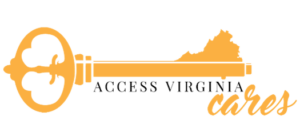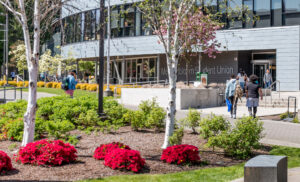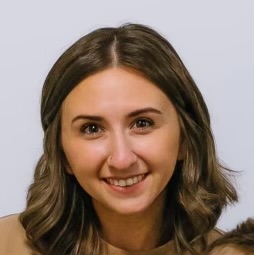Captioners: Are you adding new types of jobs during COVID?
28.6% I have less work now.
27.4% I have had more work, but nothing new.
25% My work level has not changed.
11.9% Yes, fine arts/cultural events.
4.8% Yes, government meetings.
2.4% Small meetings (Bible study, 12-step programs).

A recent JCR Weekly poll question asked captioners if they have been adding new types of jobs during COVID-19. The results showed that some captioners are finding new work, but 28.6 percent are working less.
Those who are adding work are finding it in different ways. Kim Falgiani, RDR, CRR, CRC, a captioner in Warren, Ohio, said that initially her business slowed down.
“Once it picked back up, it just was like a snowball rolling downhill,” she said. “Businesses conducting online events complied with the ADA and started providing communication access which is a big plus for the disability community. It’s gotten much busier during the pandemic for everyone, I believe.”
Museums were one area that switched to online pretty quickly, Falgiani said. She is captioning for-fee online events, children’s programs, and tours. She also has done work for corporations doing diversity and inclusion training seminars. She also has worked for healthcare companies keeping employees up to date and a lot of mental health seminars and more education staff meetings.
She also has worked more with council meetings.
“Normally, church or philanthropy councils would meet face-to-face, even if just monthly, but they moved online to conduct their business to keep moving forward,” she said.
“The Democratic National Convention went totally virtual,” Falgiani said. “I got to be a part of providing CART for that as well as providing online CART/captioning for the virtual campaign.”
Falgiani said some of the changes are here to stay.
“I believe some of the museums may go back to pre-pandemic, but my sense doing a lot of these jobs in the past months is that most are liking the convenience,” she said. “Plus now they have no added expense of travel. Obviously, education should even out once everyone can be back on campuses.”
Kathryn Thomas, RDR, CRR, CRC, a captioner in Caseyville, Ill., said she isn’t adding new types of jobs, but she does have new jobs that wouldn’t have existed were it not for the pandemic.
She said she has done virtual conventions, entertainment shows entirely on Zoom, fundraiser shows entirely on Zoom, coronavirus strategy meetings, and seminars on how to implement antiracist policies.
“I do miss on-site work, but these events are accessible to far more people than they would if they were in-person events,” Thomas said. “It’s not just about the captioning — more people can afford to attend or tune in.”
Thomas also said she thinks auto-captioning has contributed to the increase in captioner work.
“As auto-generated captions are more in use, more people see that they’re not all they’re cracked up to be. They may look good in the short term, but long term it’s a mess. You’ve got to have a real person behind the captions. Anyway, we need more captioners!”
Kathy A. Cortopassi, RMR, CRR, CRC, is a captioner and owner of Voice to Print Captioning from Chester S.C. She said her workload has gone up 400 percent.
She has been captioning funerals, business meetings, and government committee meetings that never were captioned before. She is captioning disability-related groups that rarely captioned when they were in-person meetings. Also trainings, seminars, and webinars.
“Nothing necessarily new in concept but new clients, first-time folks who’d never captioned webinars before,” she said.
Cortopassi said she thinks the trend will continue.
“Now that folks get a taste of what is possible, there’s no turning back. Also, once companies step forward to call themselves ‘inclusive,’ how could they take back captioning when that would exclude people?”
Cortopassi said it is not just her company that has seen an unprecedented increase in captioning jobs, “It’s insane the amount of work,” she said. “Also, for that reason, think of the economic law of supply and demand. When there’s high demand and low supply (i.e., too many jobs and not enough captioners), then prices rise. And for the first time in decades we have seen prices rise nearly to where they had been when I first entered captioning.”
Falgiani had some parting words of advice.
“Just for all those captioners on broadcast, hang in there. Take your breaks when you can, try to not be around the news on your off days when those days come around. For CART and captioners, we are all sensitive to yet someone else needing communication access, but you can’t write 15 hours a day, eight days a week. For your mental and physical health, schedule off time and stick to it.”










